Kitchen Damage
KITCHEN DAMAGE CLAIMS
Kitchen damage, often a result of various incidents, poses a common challenge for homeowners, necessitating insurance claims to rectify the financial implications. Statistics show that kitchen-related insurance claims are frequent, with a significant portion arising from accidental fires, electrical malfunctions, or water damage. Accidental fires, whether caused by cooking mishaps or faulty appliances, can lead to substantial structural and content damage. Electrical malfunctions, prevalent in aging homes or due to faulty wiring, pose a risk of fires or damage to kitchen appliances.
Navigating the aftermath of kitchen damage, a prevalent concern for homeowners, demands a strategic approach to insurance claims. Statistics reveal the frequency of water damage incidents in kitchens, constituting a significant portion of insurance claims. According to industry reports, water damage accounts for approximately 24% of all property insurance claims, with kitchens being particularly susceptible due to burst pipes, leaky faucets, and malfunctioning appliances. The financial implications are substantial, as the average cost of water damage repair in kitchens can range from $10,000 to $15,000, depending on the extent of the damage. Recognizing the commonality and financial impact, our expert team at Global Public Adjusters specializes in navigating the complexities of water damage claims. From burst pipes to appliance malfunctions, we employ a meticulous approach to document and present your claim comprehensively. Our goal is to secure the maximum compensation you deserve, ensuring a swift and effective recovery process for your kitchen and home. Trust Global Public Adjusters to be your dedicated advocates in the aftermath of kitchen water damage, providing expertise, personalized service, and a commitment to securing your rightful insurance coverage
- Flood
- Accidental Discharge
- Water Backup
- Water damage due to storm
How to identify Kitchen Damage
Inspect Cabinets and Countertops:
- Look for signs of water stains or discoloration on the surfaces of cabinets and countertops.
- Check for warping or swelling of wooden cabinets, which can indicate prolonged exposure to water.
Examine Flooring:
- Pay close attention to the flooring, especially near sinks and appliances.
- Warped or buckled floorboards, loose tiles, or a spongy feel underfoot are indications of water damage.
Check Appliances and Plumbing:
- Inspect under and around appliances, such as the dishwasher and refrigerator, for any signs of water pooling or leakage.
- Examine plumbing fixtures, including faucets and pipes under the sink, for visible leaks or corrosion.
Assess Walls and Ceilings:
- Look for water stains, peeling paint, or bubbling wallpaper on walls and ceilings.
- Soft spots or sagging areas may suggest hidden water damage within the structure.
Inspect for Mold and Mildew:
- Mold and mildew thrive in damp environments, so carefully examine corners, edges, and hidden spaces for any signs of growth.
- A musty odor can also be an indicator of hidden moisture and potential mold issues.
Check for Discoloration and Rust:
- Inspect metal components, such as pipes, for signs of rust or corrosion.
- Discoloration on metal surfaces may indicate prolonged exposure to water.
Evaluate Grout and Sealant:
- In areas with tiled surfaces, check the condition of grout lines and sealant.
- Cracked or deteriorating grout and sealant can allow water to penetrate, leading to damage beneath the surface.
Assess the Overall Water Pressure:
- Check for changes in water pressure, as unusually low pressure or sudden drops may indicate leaks in the plumbing system.
Review Utility Bills:
- An unexplained increase in water bills can be a subtle sign of a hidden water leak, prompting further investigation.
Consider Past Incidents:
- If the property has a history of leaks or water damage, prioritize inspections in areas previously affected.
Regularly conducting thorough inspections based on these considerations can help homeowners identify potential water damage early, facilitating prompt intervention and insurance claims when necessary. By choosing Global Public Adjusters, you not only gain a dedicated partner in managing your kitchen damage claim but also access to a wealth of experience and expertise aimed at securing the optimal outcome for your recovery process.
Hurricane Damage Claims
Water Damage
Storm Damage

Mold Damage

Roof Damage
Hail Damage Claims

Cast Iron Pipe Claims
Polybutylene Pipes
Blasting Damage

Lightning Damage

Tornado Damage
Fire Damage

Sinkhole Damage
Theft Damage
Business Loss

LEAKS FROM REFRIGERATOR
LEAKAGE FROM THE DISHWASHER
Dishwasher leaks spill water under the appliances and your cabinets. Overlooking this issue can lead to mold growth and severe water damage to the floors.
SINK AND FAUCET
The sink in your kitchen is probably the busiest part of your kitchen, and it is susceptible to damage at any time. As time goes by, washers, gaskets, and O-rings, p-traps, garbage disposals and water softeners wear out and these lead to leakages in the kitchen. It is important to ensure your faucets and sinks are properly installed to forestall such occurrences.
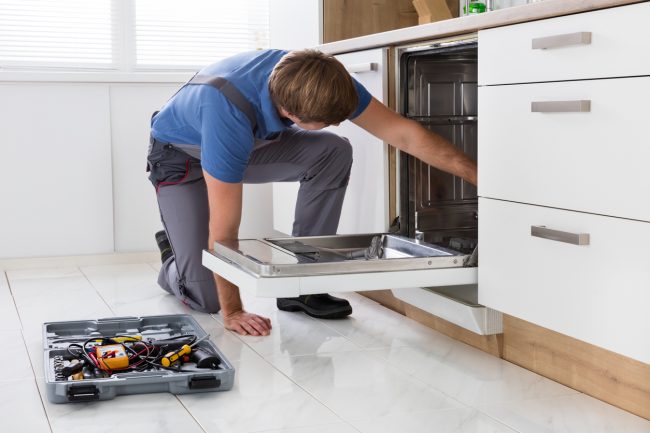
Understand "The Insurance Claim Process" with Global Public Adjusters. We'll assist you all the way through the claim till you get your correct cash award settlement.
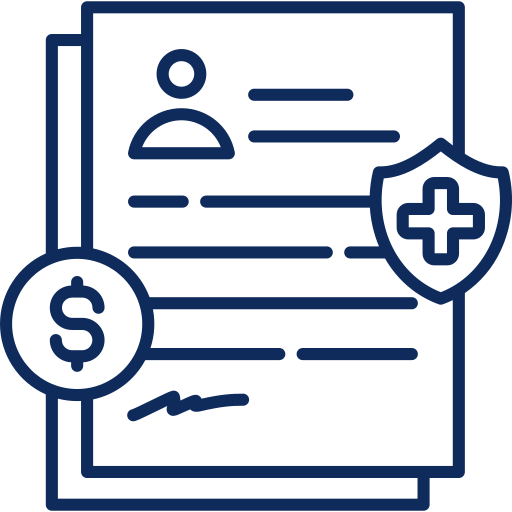
In the case where a claim might have already been denied it is no problem to reopen the case and request a reevaluation of the factors and policy terms.

In a case where the insurance company has come up with too low an initial offer than expected, Global Public Adjusters will file for a reappraisal of the claim.
